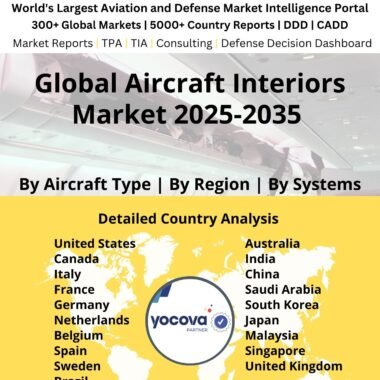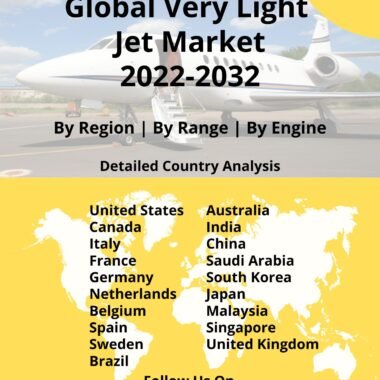Description
Electric aircrafts are challenging to build as manufacturers have to juggle between weight, heat and power usage. The electric aviation has to be compact, powerful and reliable. At the moment the power output of electric motors are limited due to thermal constraints. Thermal management is one of the most critical components of the electric airplane. Adequate cooling systems have to be integrated to prevent lithium ion batteries from catching fire. Thermal management system also uses voltage and temperature sensors to constantly monitor the battery pack for abnormal conditions. The avionics, control systems and cooling system must be able to run on low voltage power to achieve efficient power usage. High capacity batteries in aviation are prone to arcing to lower air density prevalent at higher altitudes. This risk can be addressed by cable separation, but aircrafts with smaller airframes will have difficulty. The challenge continues to be achieving higher efficiency and power density.
Development in composite technology could reduce the weight of the electric airplane and increase efficiency. Ultra-light weight carbon fiber composite is currently being and constant research and development is carried out to find lighter and stronger alternatives. With respect to battery tech, the most successful combination Lithium-Nickel-Manganese-Cobalt-Oxide (LiNiMnCoO2) has become the cathode of choice for its performance, specific energy and low self-heating property.
Axial flux motor is considered as the future of electric aviation. They have high torque to weight ratio. The magnetic flux lines are parallel to the axis of rotation, the compact size of axial flux motors also makes them suitable for aircrafts. Aircrafts such as Alice by Eviation and Spirit of Innovation by Rolls Royce use axial flux motors due to the motors’ ability to develop high torque. ZeroAvia’s hydrogen electric aircraft combines hydrogen and oxygen to produce electricity. The electricity then drives the electric motor which powers the propeller. ZeroAvia aims to replace fossil fuel in all types of aircraft.
Militaries across world are looking for electric powered basic trainer aircrafts. Danish armed forces have started testing Pipistrel electric aircraft as a trainer. Danish armed forces are using this opportunity to test the use case of electric aircrafts within the military structure. Due to this, the Royal Danish Airforce becomes the first defense force in the world to operate an electric aircraft. One of the other military applications of electric airplane is the eVTOL (Electric Take-off and Landing). eVTOL aircraft can be used for personnel transport and reconnaissance missions. Autonomous electric aircrafts are also tested to carry out ISR missions. Electric UAVs are also gaining importance within the defense community because these systems create very less noise and can be utilized for aerial surveillance and reconnaissance by Special Forces during covert operations.




